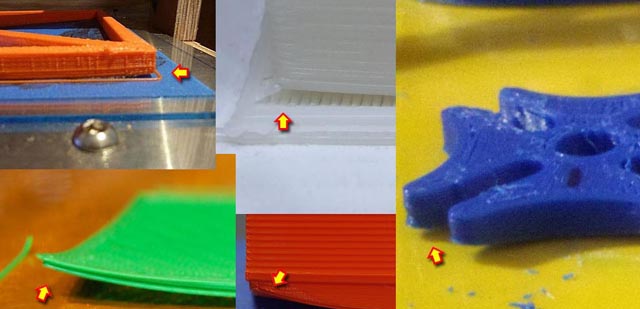Most users of FFF 3D printers know that their ABS prints are going to come out a bit rough around the edges. There are support structures that need to be broken off, overhangs that need to be flattened and discrete layers that need to be smoothed out. Many of these same users may have learned by now about the powers of acetone. An acetone vapor bath dissolves ABS so that prints will become smooth and display-worthy. Still some of these users will be a bit wary of the fumes such a process will create. So one of these users has decided to do something about it and made the post-production process just a little bit more family-friendly. They call it the Makeraser.
Though the Makeraser isn’t out yet — there are plans to launch it on Kickstarter sometime soon — the website promises an easy experience for people who might not want to bathe in fumes. Designed to look like a gluestick, the Makeraser can be filled with acetone and applied to a print to smooth out all of the unsightly bits. To further sell the tool, the Makeraser creators have pointed out that, by applying acetone to a print, not only is it possible to round off the edges, but that such a process will also cause ABS to melt into cracks and pores, thus strengthening the integrity of the print. This same method can be used to seamlessly join distinct ABS parts, chemically gluing them together with dissolved ABS.
Finally, the website coins a term called “acetone juicing” for further Makeraser applications. The tool has been designed so that, in addition to filling it with acetone, users can also insert a piece of ABS filament, shake the pen for 20 minutes, and create an acetone-ABS mixture. Juiced ABS can be applied in the previously mentioned glue example, but it can also be utilized to “stickify your printbed”. Rather than create raft layers below a 3D print, which makes it easier to remove from the printbed, but can also be a hassle to remove from the print itself, the Makeraser folks find that you can apply a thin layer of juiced ABS to your printbed. This thin layer of ABS, according to the website, is easier to remove than rafts, but serves the same purpose.
The tool seems simple enough in practice! At an estimated $30, the tool also comes with a scraper cap that makes prying prints off of the printbed easier. If you’re interested in being notified of their Kickstarter launch, submit your email to their website and let us know if the Makeraser will be found next to desktop 3D printers everywhere!





